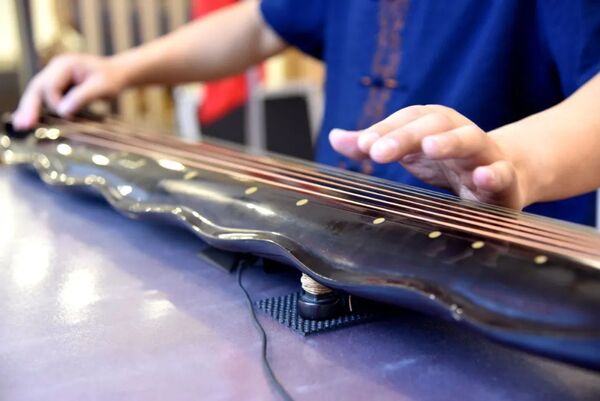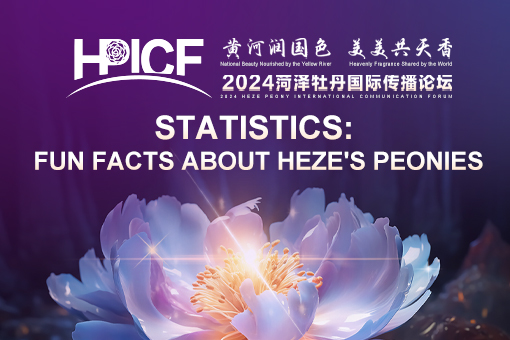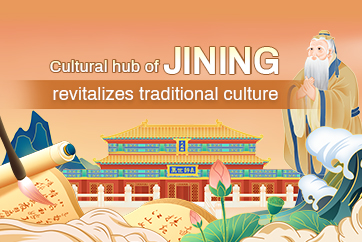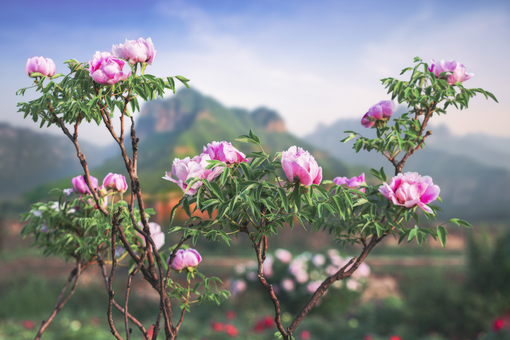Shouguang's guqin maker revives the melodies of history
(chinadaily.com.cn)| Updated : 2024-03-28
Print PrintIn Sihe village, Shouguang, Weifang, Shandong province, there lives a young guqin maker named Su Benzheng.
Guqin is an ancient Chinese musical instrument with seven strings. It was an essential musical instrument of ancient China's educated elite and was added to the Representative List of the Intangible Cultural Heritage (ICH) of Humanity by UNESCO in 2008.
Guqin-making is a meticulous process that requires extensive knowledge and skills in not just woodworking but also music theory, calligraphy, and lacquerware.

An artist plays guqin, a plucked seven-string traditional Chinese instrument. [Photo/WeChat account: gh_8abb78e0d6a3]
First, the finest wood must be chosen to shape the instrument, then the soundboard is carved and the resonance chamber is polished, lacquered and stringed.
As Su Benzheng says, "Guqin is the crystallization of Chinese traditional culture. It is closely connected with China's many thousands of years of history, politics, and culture. Its importance goes far beyond the scope of music. I want to devote my life to preserving and promoting this craft."
Su has loved art since he was a child. While studying in Italy, he was exposed to traditional guqin culture and decided to pursue it. After graduation, he worked while studying guqin culture on his own dime. He received professional guidance in guqin-making from several teachers and ICH practitioners.
In order to better preserve and carry forward the craft, he quit his job at a foreign company and devoted himself to the research of guqin with the support of his family.
Su noted that guqin is old, but the times are constantly changing. Traditional culture needs to keep pace, which is why Su has adopted the so-called "modernization practice of ICH aesthetics." He has integrated the concepts of sustainability and modern design into guqin-making. He has combined his hometown culture and designed new guqin styles. He has also tried using a variety of different materials to make his guqin.
Having won many awards in the field of ICH, Su extracts the aesthetic essence of ancient culture in his daily practice and integrates it into modern life for aesthetic practice, allowing guqin culture to take on a new form in modern society.
Su also said that as an inheritor of ICH, he will add more modern connotations to Chinese traditional culture, making it keep pace with the times and develop innovatively.

 Statistics: Fun facts about Heze's peonies
Statistics: Fun facts about Heze's peonies  Cultural hub of Jining revitalizes traditional culture
Cultural hub of Jining revitalizes traditional culture  Peonies bloom in Heze
Peonies bloom in Heze